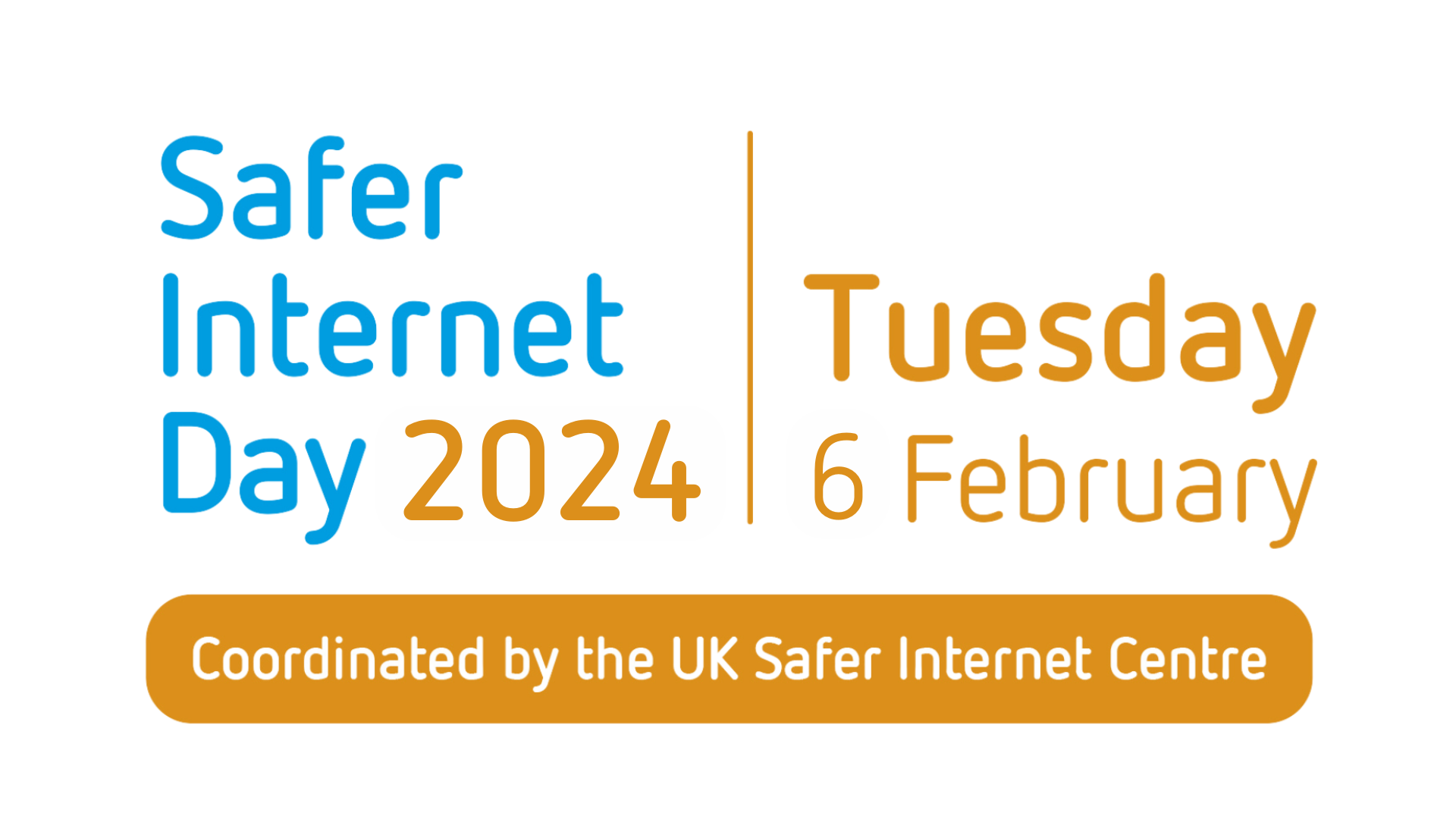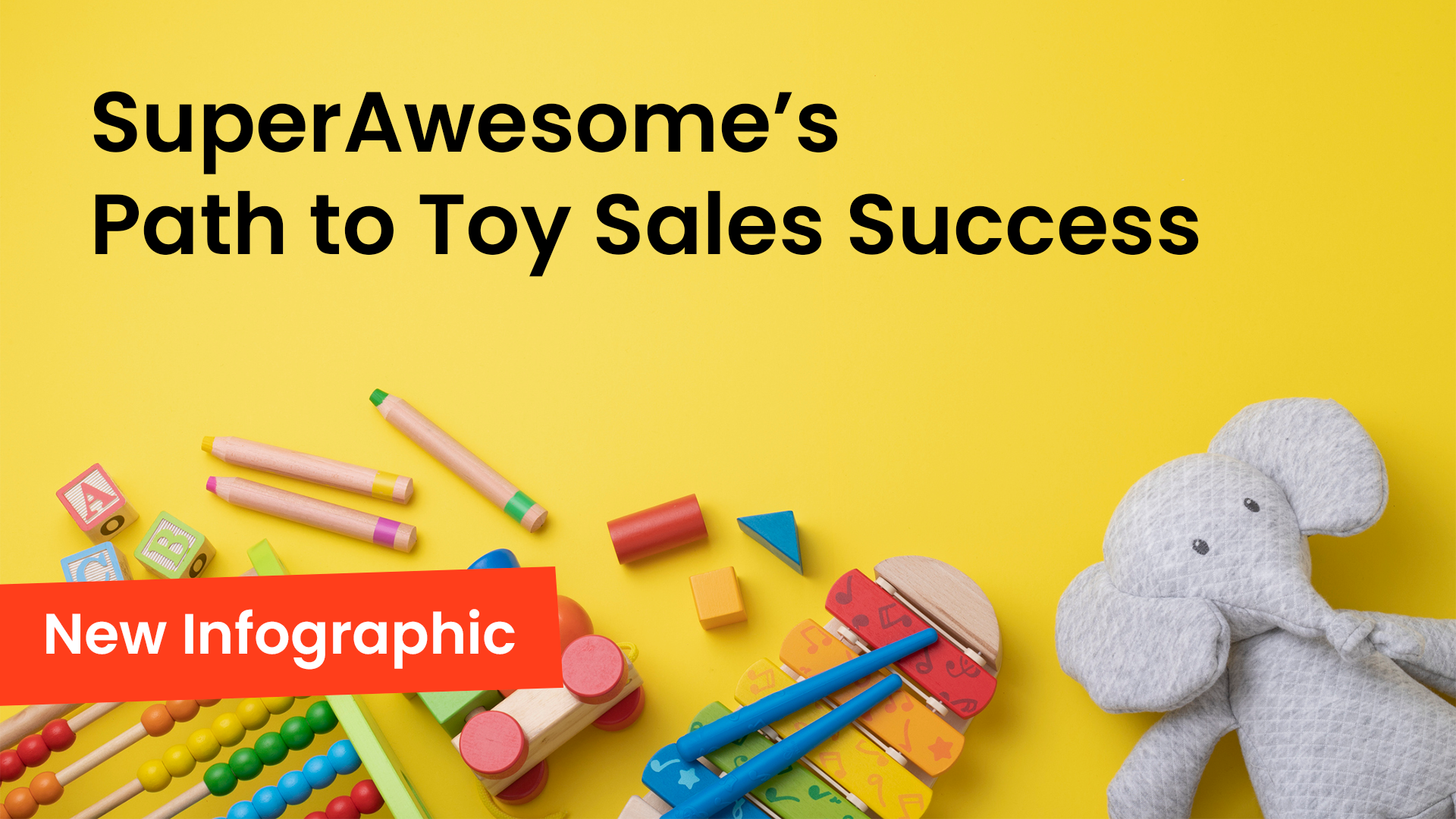Empowered by technology and digital media, kids (under 13) and Young Teens (under 16) have become the most critical entry-point for brands seeking to establish long-term brand loyalty.
SuperAwesome’s report, How kids and Young Teens have raised the stakes for brand loyalty, details how brands can increase the lifetime value of their customers by building meaningful relationships with younger audiences. Read our five essential takeaways below, then download the full report below for your free roadmap to building and sustaining brand loyalty through a safe and insights-led youth marketing strategy.
1. Brand awareness starts young
Digitally savvy kids are likely to interact with your brand much sooner than you realize. Today, technology is introduced at a young age, allowing kids to easily research brands and products and prompting parents to involve their children more frequently in the shopping process. In fact, four in five parents say they involve their children in purchases more than their own parents did with them.
These early interactions are impactful. Children as young as three years old can recognize logos and develop opinions about brands. And, by three to four years old kids recognize that a brand may communicate something about themselves to others.
2. Brand perceptions are long-lasting
There are many different ways that customers of all ages can interact with your brand. These present day actions build brand awareness and have a direct correlation with the formation of brand loyalty later in life.
Brand interactions can occur through digital channels, such as watching branded content from their favorite influencers on TikTok. However, in-person interactions, such as talking about a brand with friends or seeing an in-store display, are just as important. The cumulation of these experiences will solidify into a positive or negative perception that can last through to adulthood.
3. Peak excitement for most verticals occurs before age 16
Both kids and Young Teens say that excitement is the most important emotional driver for brand loyalty. Brands must ensure that they are reaching kids at the age that the vertical is most exciting, with engaging content that speaks directly to kids’ interests, to avoid being perceived as boring.
Brands that do not tailor their approach directly to these audiences risk making a poor impression — and these negative perceptions can linger and significantly impact loyalty later in life. For most verticals, the peak excitement age occurs before the age of 16, making early engagement essential.
4. Brand loyalty locks after the Young Teen years
If you haven’t reached your audience before age 16, while they are still shedding and acquiring brands of interest, you will be too late to enter the consideration set. After brand loyalty is locked, these relationships are likely to hold into adulthood, where nostalgia becomes an important driver.
Connecting with Young Teens means meeting them early as kids and maintaining a strong brand presence, both online and in peer conversations. Once you’ve caught their attention and reassured them that your product is both valuable and interesting, you need to turn that into a genuine connection to become their lifelong brand of choice.
5. Once brand loyalty is formed it is difficult to break
Brands must adopt a safe, long-term approach to engaging younger audiences or risk losing out to competitors who make a bigger impact. Once a customer is engaged and truly loyal, breaking this bond requires significant disruption. Those who neglect to act early and prioritize building relationships with audiences of all ages will need to work twice as hard — which can be costly and less efficient.
Are you ready to start building long-term brand loyalty?
Our free report, How kids and Young Teens have raised the stakes for brand loyalty, provides an in-depth guide to help your brand build and sustain lifetime loyalty. Download it now for your free roadmap to increasing the lifetime value of your customers by safely engaging youth audiences.






